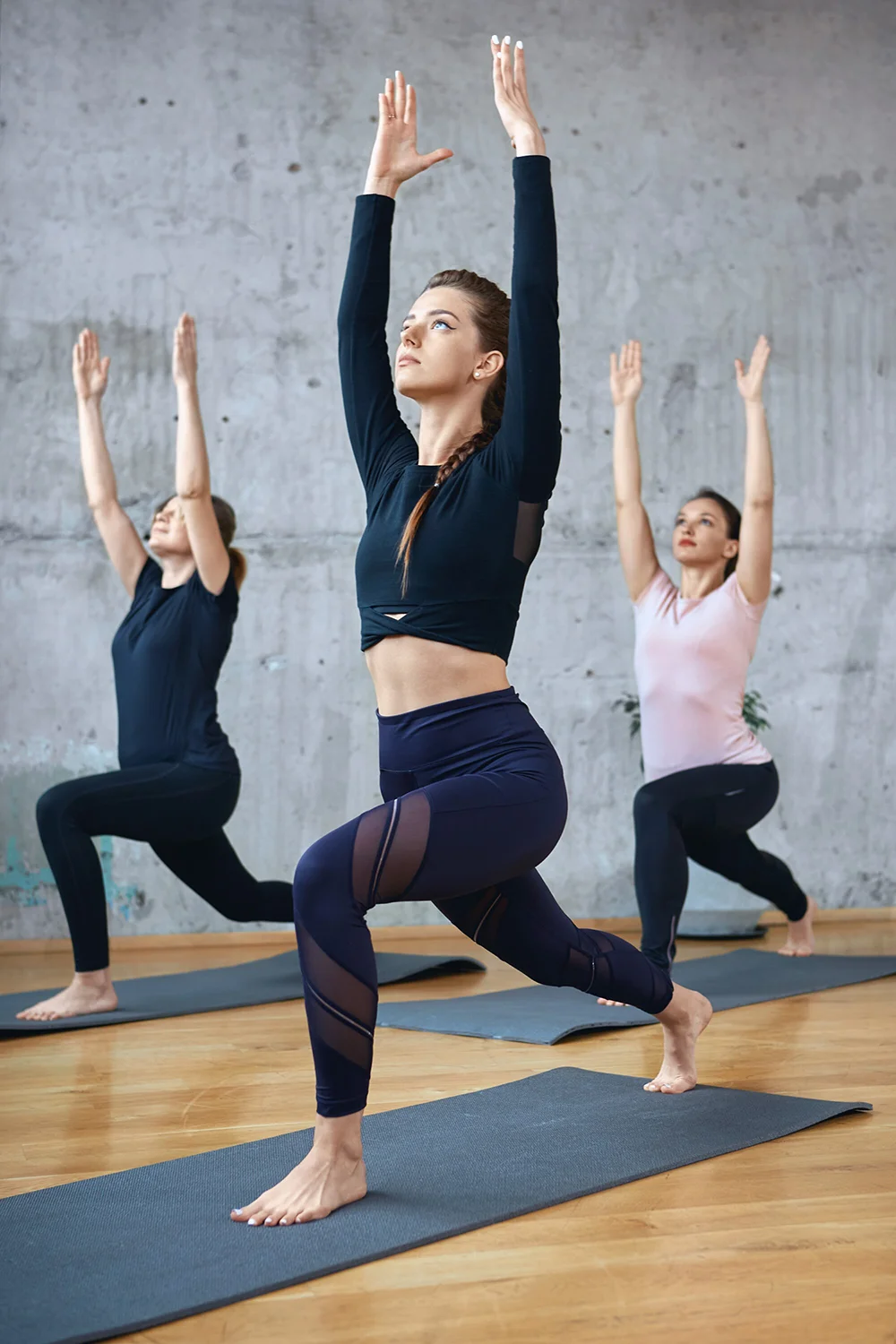What is Restorative Yoga?
What is Restorative Yoga?
In the current series of posts, we are focusing on IAM Yoga’s signature class styles: Flow, Core Flow, Detox Flow, Detox Core Flow, and Classic Yoga. We’re also going to do a primer on Restorative Yoga and Yin Yoga. In the past, we have covered Hatha and Ashtanga – check out their respective posts for more. The intention of these articles is to help you choose the right class for you at the right time – every day is different, so you will need different styles on different days.
Understanding each style of yoga can also help you choose an intention for each practice that is best supported by the class style. For example, ending up in a fast-moving Flow class in the hot studio when you’re feeling ungrounded or anxious can be counterproductive if you weren’t sure what to expect or aren’t familiar with the sequence. However, knowing what to expect in the class can help you set an intention and a focus that can help you get grounded even when the class moves quickly.
Restorative Yoga is very different from most of the class styles we have at Iam Yoga, so it is good to understand what to expect when you walk into a Restorative class. Instead of being a physical workout, Restorative Yoga is meant to restore your energy through focused rest. The class is made up of a series of poses where you can completely relax into the support of props – the idea is for you to expend as little physical effort as possible.
Lots of people come to yoga for the workout, so why would you bother with a restorative practice? First, if you have a daily practice, you should avoid doing a physically tough class every day. While you exercise, you damage muscle fibres and break them down. In between workouts, your muscle fibres knit back together and get stronger – it’s not during the workout that they strengthen, it’s the in-between times. You need at least 24 hours for your muscles to recover from a workout (more if it was particularly tough, or if it was new to you). So, if you exercise the same muscles every day, you are breaking down muscle fibres repeatedly and not allowing them to heal, leading to an increased risk of instability or injury.
Secondly, the focus you can cultivate during a Restorative practice will serve you well in more high-effort classes. Have you ever been in a hot practice where you had to take a break because your heart was pounding and you were gasping? Training yourself to focus on the breath in different situations will help you to manage your breath and energy during a challenging hot class and can keep you grounded and mentally relaxed even when the class moves quickly.
The structure of a Restorative Class is simple – you will set up props for a single pose, sit or lie down over the props, and relax in that position for 5-7 minutes. Then, moving slowly, you will set up for the next pose. The entire class will be made up of around 8-10 poses at most, followed by a long savasana (corpse pose).
Restorative Yoga is not meant to be for stretching. You may get set up in a supported forward bend or a gentle backbend, but any opening that happens is through your total relaxation rather than a sense of “pulling” on the muscles. This goes directly against the “no pain, no gain” mentality that so many of us have around exercise – if I can’t feel anything, what’s the point?
Rather than stretching or strengthening, the point of Restorative Yoga is to just focus internally and watch your breath for an hour. It can be illuminating to discover that your mind panics in a mild backbend – in an active class, you may be able to force your way through five breaths of a backbend, but when you’re in a similar (albeit more gentle) shape for 7 minutes, you have to manage your own reaction to that pose and breath through it. This self-awareness and self-management, in turn, will help you in more active classes as well.
Restorative Yoga is also a unique challenge for people who like to let go of their stresses through vigorous exercise. If you’re that kind of person, Restorative Yoga might feel like torture at first – sitting in a relaxed pose for 5-7 minutes and focusing on your breathing the entire time can send your mind into a tailspin of activity. If you live with anxiety, you may also find that sitting in quietness and stillness causes you to focus on all the things that make you feel anxious. Finally, you might find that you’re bored during a Restorative class. If that’s the case, remember that it isn’t the teacher’s job to entertain you, and if you’re relying on the teacher to keep your mind occupied, you’re missing the opportunity to cultivate your own focus and awareness through your practice.
Whether boredom, anxiety or an overly active mind is the culprit, practicing Restorative Yoga can be an incredibly helpful tool. We rarely get the chance to sit in silence in a comfortable position without any kind of stimulation from screens or other people, and it’s valuable to see how your mind and body react to that stillness. Learning about your own tendencies and then practicing letting go of your thoughts to focus on the breath in the absence of external stimuli will help you be more focused in all aspects of your life.
If you’ve never tried Restorative Yoga before, I encourage you to check out a class or two and don’t be discouraged if you find it impossible to relax at first. Like any other yoga practice, it takes time to get your body and brain used to the situation, and it does get easier with time.
Happy practicing!


